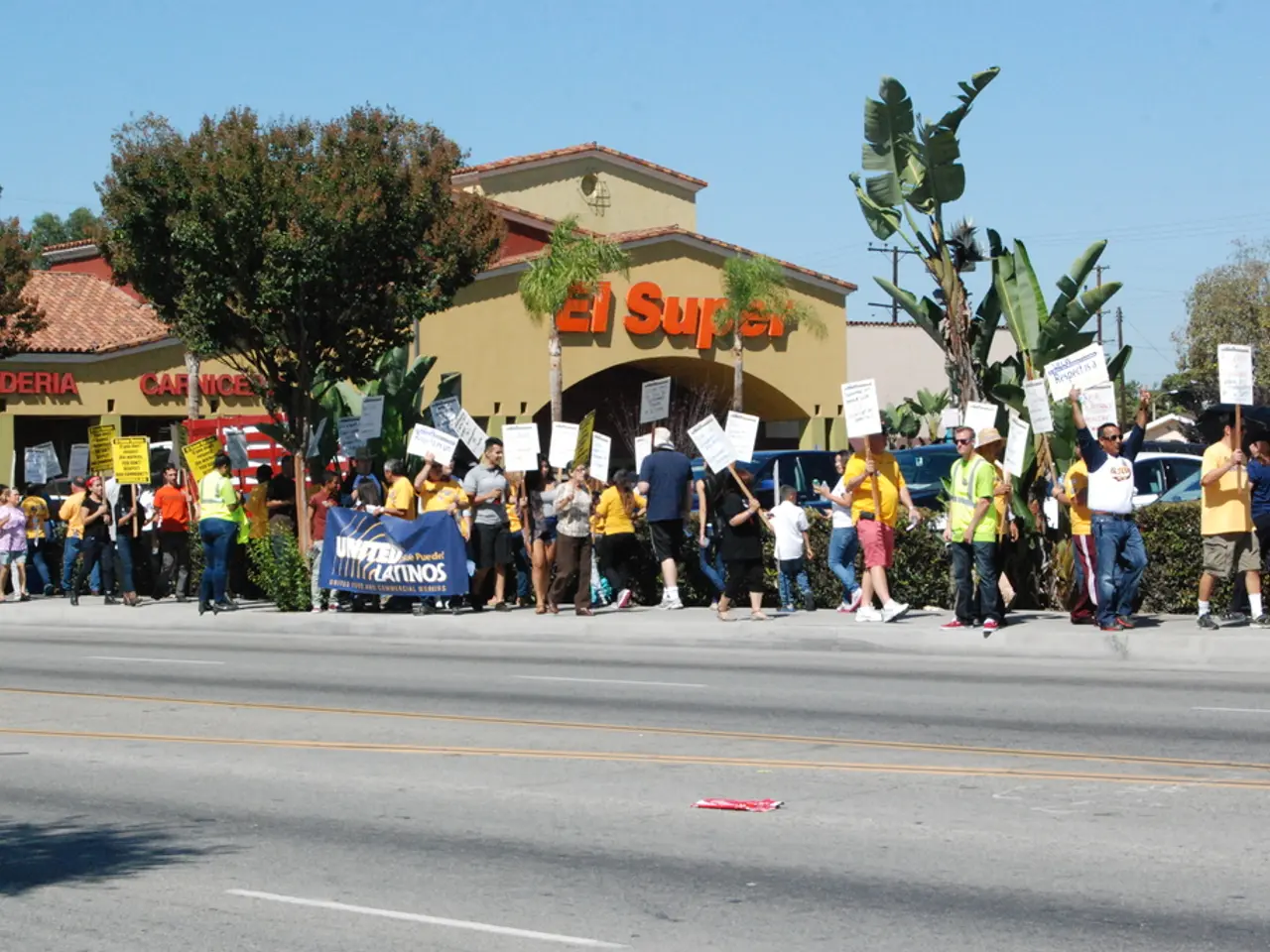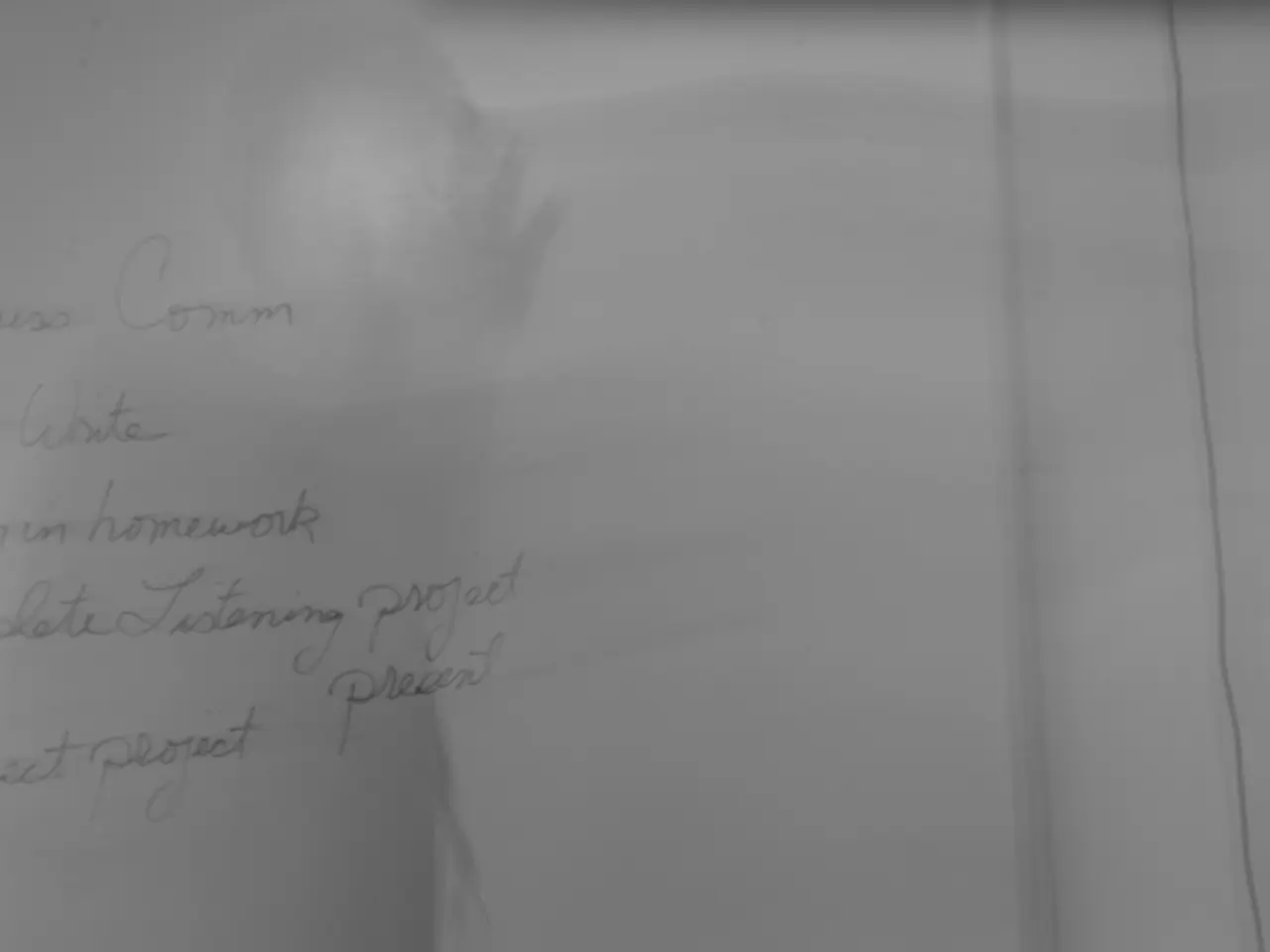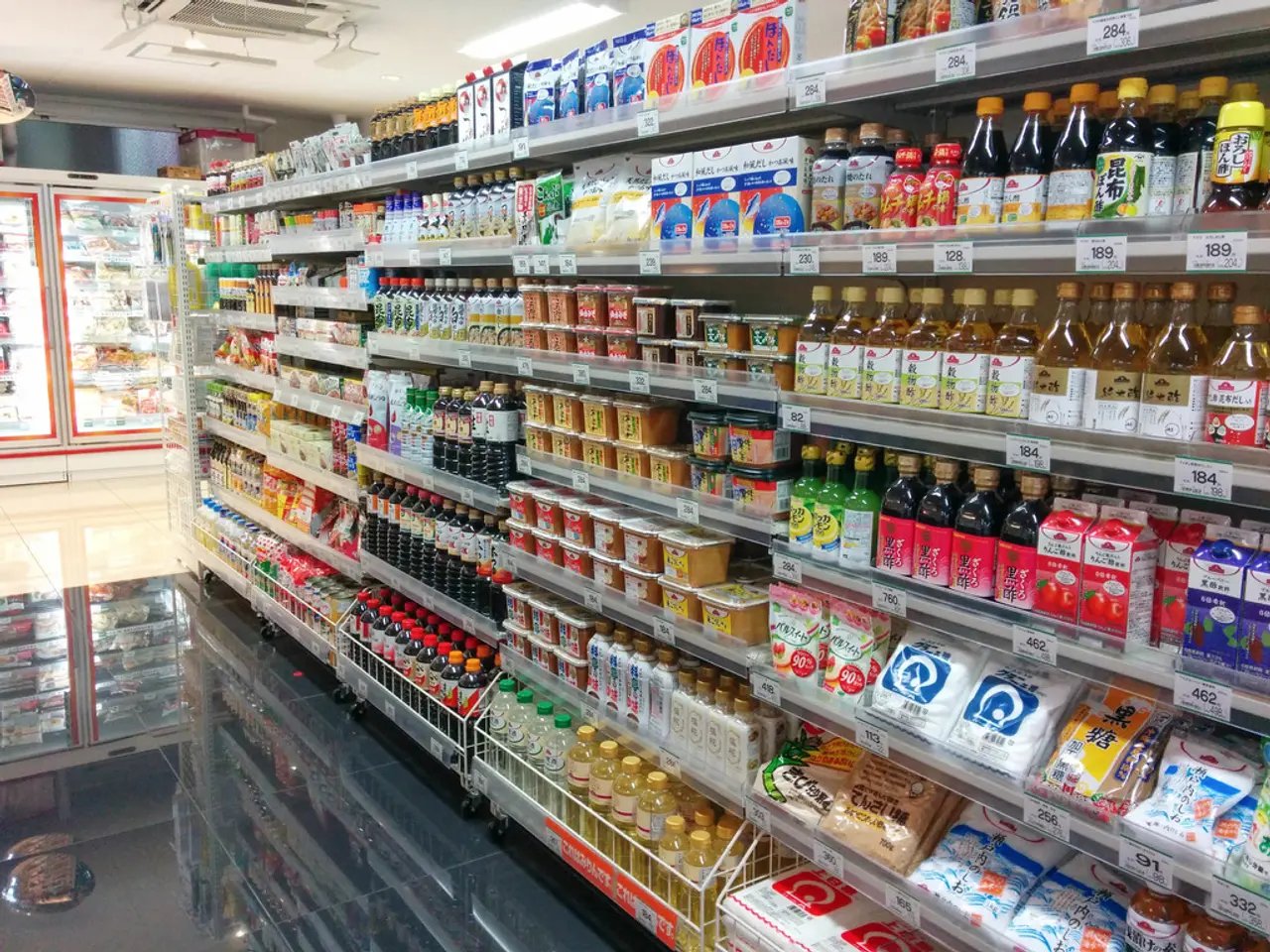Democrats continue to grapple with their political messaging following the loss in the 2024 elections
In an effort to revitalize the Democratic Party and address historically negative views from voters, Democratic politicians are adapting their messaging and voter outreach strategies.
Pete Buttigieg, a former transportation secretary and presidential candidate, has been a vocal advocate for this change. He believes Democrats should be unsentimental about the things that don't work, fearless in defending what does work, and should name the forces hindering a better, freer life for many Americans. Buttigieg also criticizes Democrats for being slow to adapt to changing politics and information consumption methods.
Some Democrats, including potential presidential hopefuls like Rep. Ro Khanna and Gov. Gavin Newsom, are changing their messaging format and appearing on popular podcasts. Khanna has argued that Democrats should focus on creating a vision for making things in America, rather than letting Trump claim the title of "made in America."
North Carolina Democratic Gov. Roy Cooper, a potential U.S. Senate candidate, emphasized his accomplishments in balancing the state budget, raising teacher pay, and expanding Medicaid in his campaign launch video. Cooper's approach reflects a shift towards more specific, tangible policy solutions.
Intra-party strife is manifesting itself in primary challengers to longtime incumbent Democratic lawmakers, record rally attendance for Sen. Bernie Sanders and Rep. Alexandria Ocasio-Cortez, the No Kings protest movement, and packed Congressional town halls. This internal tension suggests a desire for change within the party.
The growing consensus among Democratic officeholders is that reflexively undoing Trump administration's efforts to cut government programs and reshape the federal government is not the solution. Instead, they are focusing on bold, progressive, and specific economic policies focused on affordability and everyday issues.
Sydney Batch, North Carolina Senate minority leader, highlighted the need for Democrats to be better at explaining their policies to people, as the Republicans are better at branding and messaging. Batch's five-word message for the party: "Candidates that fit their district."
Democrats are also taking their message outside of their typical channels to reach more voters. They are investing in new tech-enabled methods for voter engagement, such as personalized digital notifications, new data systems, and grants incentivizing innovative turnout tactics. Initiatives like Higher Ground Labs and The Movement Cooperative support campaigns with tech adoption and data-driven engagement, reflecting a significant shift from traditional approaches to more dynamic, scalable digital outreach.
Voter registration drives aim to mobilize traditionally under-engaged communities, with some campaigns targeting to register millions of new voters by tying local governance efforts to tangible community improvements following events like the Covid pandemic. This comprehensive approach blends policy relevance with improved voter contact and mobilization techniques to overcome low approval ratings and energize the base and new voters alike.
As of August 1, 2025, Democrats are debating ways to address their low approval ratings. Buttigieg believes they should not be afraid to name the forces hindering a better, freer life for many Americans. The future of the Democratic Party seems to be one of adaptation, innovation, and a renewed focus on connecting with voters on their terms.
- "The future of the Democratic Party, according to Pete Buttigieg, supports adapting to changing politics and information consumption methods, focusing on naming the forces hindering a better life for many Americans."
- "Some Democrats are focusing on economic policies that are bold, progressive, and specific, aimed at affordability and everyday issues, as a means to boost their approval ratings."
- "In the effort to revitalize their party, Democrats are taking their message outside traditional channels, investing in tech-enabled methods for voter engagement, such as personalized digital notifications, new data systems, and grants for innovative turnout tactics."
- "Governor Gavin Newsom, a potential presidential hopeful, is one of the Democrats changing their messaging format, appearing on popular podcasts, and emphasizing tangible policy solutions like expanding Medicaid and raising teacher pay."








